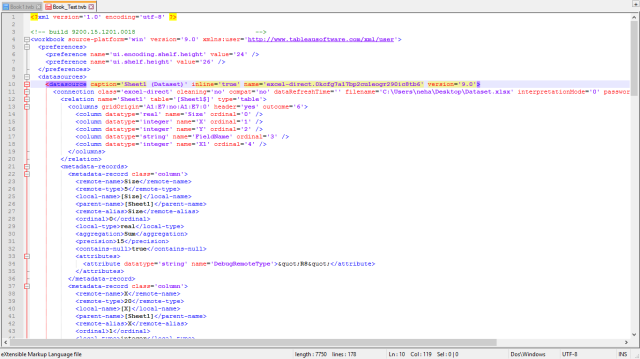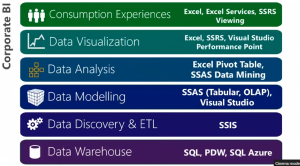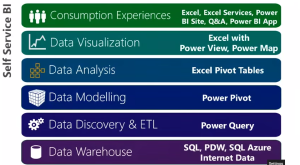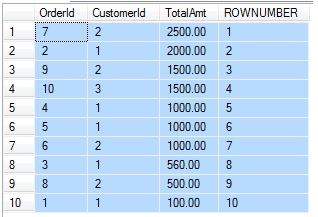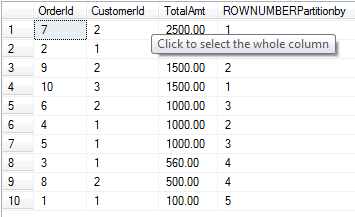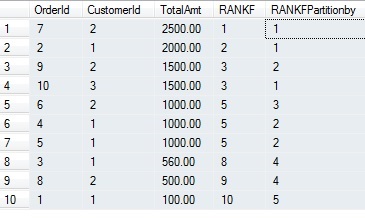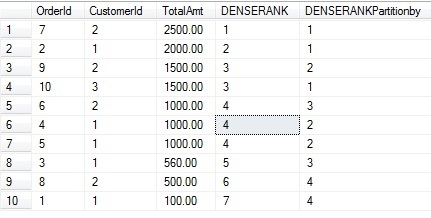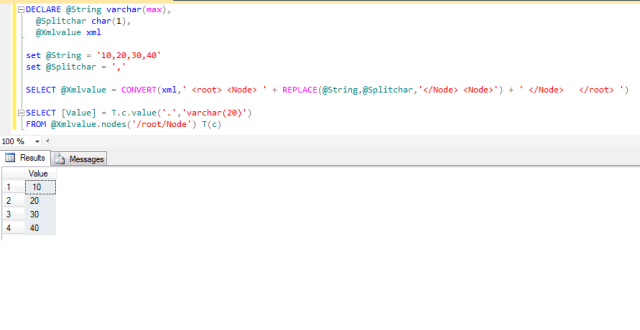Today, I will try explain concepts of machine learning in simple language so by reading we can learn machine learning. Below are some important terms on basis we can make decision that our Predictive result or selection of Algorithm is good or not.
Mean absolute error(MAE)
The mean absolute error (MAE) is a quantity used to measure how close forecasts or
predictions are to the eventual outcomes. It is calculated as the average of the absolute difference between the actual values and the predicted values.
Root mean squared error (RMSE)
The root mean squared error (RMSE) is calculated by taking the square root of the
average of the square of all the errors (which is the difference between the predicted and actual value).
Relative absolute error (RAE)
The relative absolute error (RAE) is the average of the absolute error relative to the
average of the absolute difference of the mean of the actual value and actual values.
Relative squared error (RSE)
The relative squared error (RSE) is the average of the squared difference of the predicted value and the actual value relative to the average of the squared difference, average of the actual value and actual values.
Coefficient of determination
The coefficient of determination R2 summarizes the explanatory power of the regression model. If the regression model is perfect, though not practical, R2 is 1. The coefficient of determination can also be interpreted as the percent of the data that fits in the model.
For example, if R2 = 0.7950, then 79 percent of the total variation in y can
be explained by the linear relationship between features and y, the response variable (or the target variable).
So, for your model, the closer R2 is to 1, the better it is. For all other the error statistics,the less the value, the better it is.
How and what Connection does Azure ML supported ?
CSV
with first row as Column. – Coma separated values
nh.CSV
with out first row as column
TSV
TSV is a file extension for a tab-delimited file used with spreadsheet software. TSV stands for Tab Separated Values. TSV files are used for raw data and can be imported into and exported from spreadsheet software.
nh.Tsv
Tab delimited file without first row as column name.
ARFF
An ARFF (Attribute-Relation File Format) file is an ASCII text file that describes a list of instances sharing a set of attributes. ARFF files were developed by the Machine Learning Project at the Department of Computer Science of The University of Waikato for use with the Weka machine learning software. This document descibes the version of ARFF used with Weka versions 3.2 to 3.3; this is an extension of the ARFF format as described in the data mining book written by Ian H. Witten and Eibe Frank (the new additions are string attributes, date attributes, and sparse instances).
Plaintext (txt) – text file.
ZipFile(.Zip) – Zip file.
SVMLIght – Support vector machine file.
Rdata – R work space file.
Reader – Hive query , Odata – datafeed provider Azure Database, Azure Blob, Http Url.
Thanks, Hopefully this post is useful in new learning of Azure ML.
Useful link to download Cheat sheet which is very nice and useful to understand which algorithm support by AZURE ML.
https://azure.microsoft.com/en-in/documentation/articles/machine-learning-algorithm-cheat-sheet/
